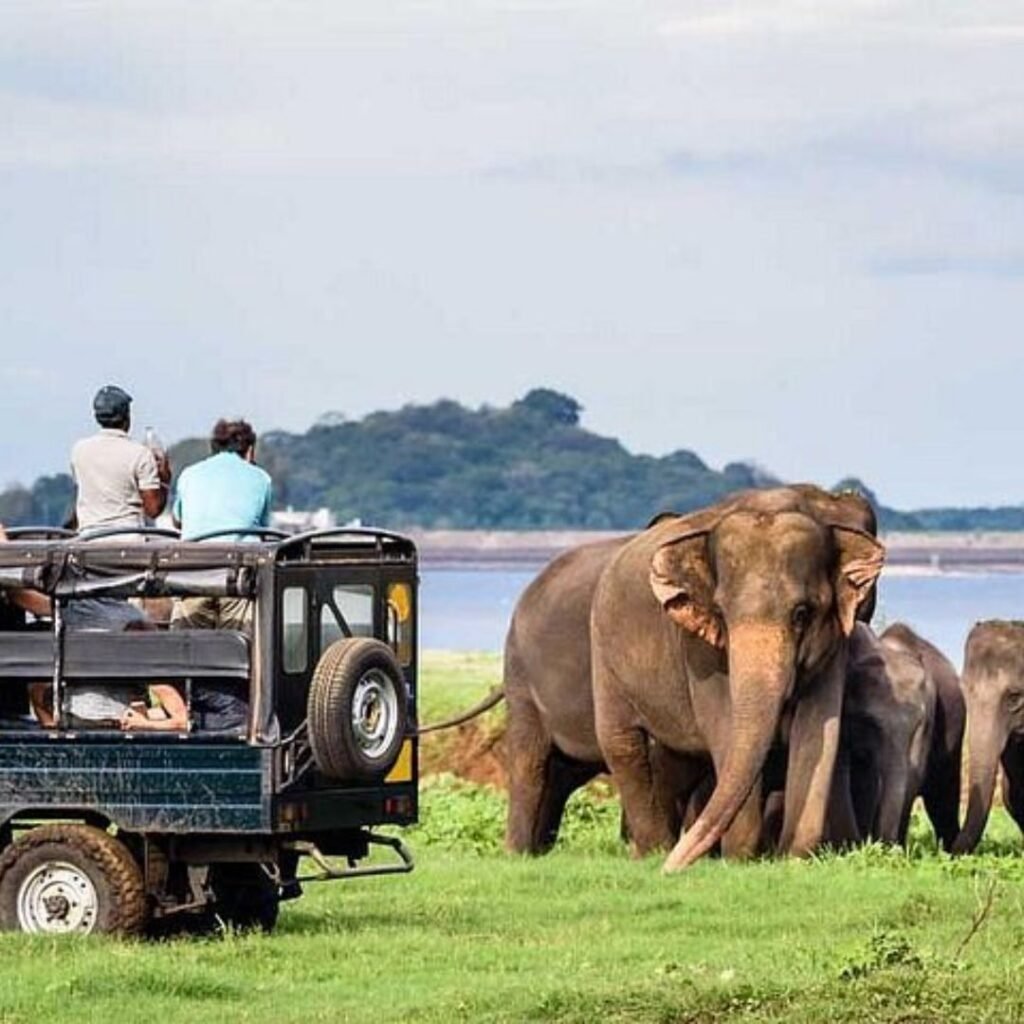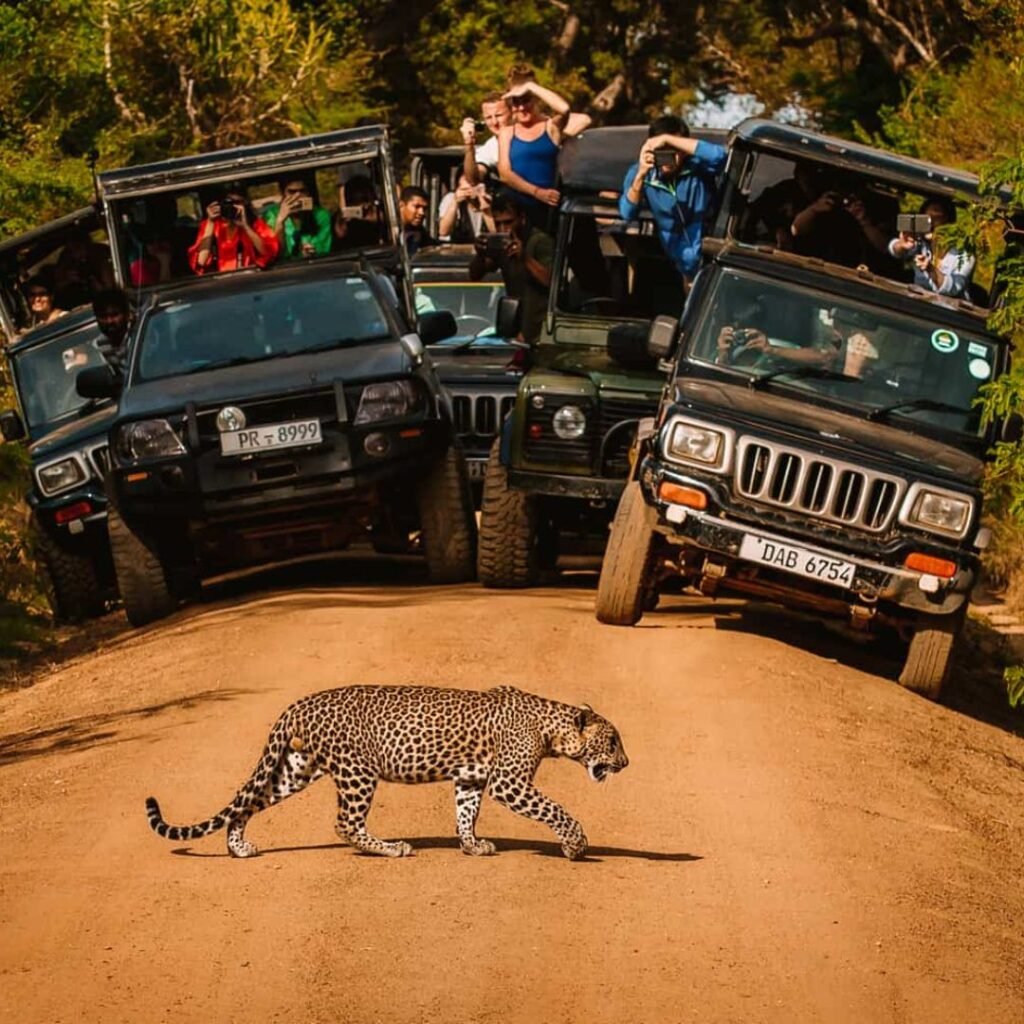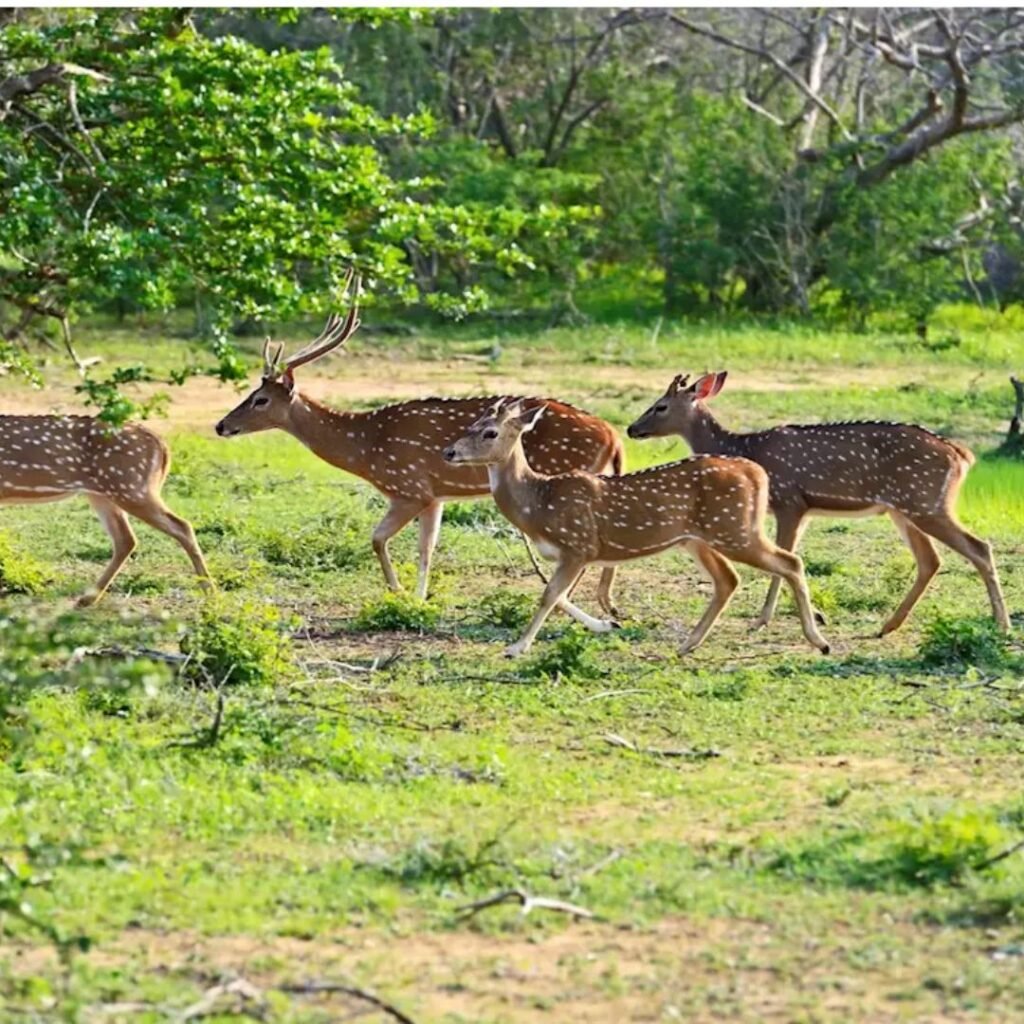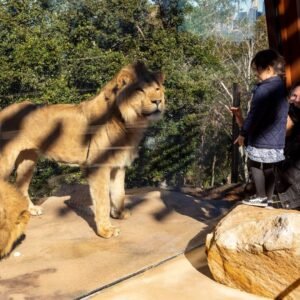By Fathima Rukaiya,
If you are dreaming of tracking the majestic Sri Lankan elephant, spotting leopards, or being surrounded by hundreds of colorful bird species, a safari on this lush Island is a must.
But before you go, there are a few important things to think about to make sure your trip is safe, comfortable, and enjoyable. This detailed guide will take you through the most important things to know.
1. Choose the Right National Park

Although there are more than 20 national parks in Sri Lanka, not all of them offer the same opportunities to see wildlife. Every park has a distinct species and ecosystem.
- Yala National Park: Well-known for seeing big herds of elephants and leopards. Best visited in the late afternoon or early morning.
- Udawalawe National Park: Ideal for elephant lovers. This park has open grasslands, making it easier to spot animals.
- Minneriya National Park: Known for the “Gathering of Elephants,” a seasonal event where hundreds of elephants gather near pools of water.
- Wilpattu National Park: Provides exceptional leopard sightings and a more private safari experience.
Tip: Think about what animals you are most interested in seeing and how easy it is to get to the park from where you are.
2. Select the Best Time to Visit

Timing can make or break your safari experience. While Sri Lanka is a year-round destination, the wildlife experience varies depending on the season:
- Dry Season (May to September in the South and East, December to March in the North and West): Animals gather near water sources, increasing the chances of sightings.
- Wet Season (October to November and April to May): Some parks may be flooded or inaccessible. However, the landscapes are lush, and lesser crowds make it peaceful.
Tip: Early morning safaris (sunrise) are ideal for spotting predators like leopards, while evening safaris offer a chance to see nocturnal wildlife.
3. Choose a Safari Type

Different safari styles offer varying experiences:
- Jeep Safari: The most well-liked and comfortable vehicle for traveling over wide areas. A lot of guides know a lot about how animals behave.
- Walking Safari: Provides a more direct and thrilling encounter with wildlife, but it is riskier in areas where predators are present and demands physical fitness.
- Boat Safari: Great for observing birds and finding aquatic life in parks like Wilpattu or along Udawalawe’s waterways.
Tip: For first-time visitors, Jeep safaris are advised, but for wildlife fans looking for a more personal experience, walking or boat safaris are the ideal options.
4. Hire an Experienced Guide
Guides are crucial for spotting animals that are hard to detect in dense forests. They also provide insight into animal behavior, flora, and park regulations.
- Local guides: Often have years of experience and know the best spots for sightings.
- Official guides from parks: Ensure they follow rules and prioritize safety.
Tip: To increase your chances of safety viewing wildlife, inquire about the qualifications and expertise of your guides from your lodge or safari operator.
5. Pack Smart
A successful safari depends on your preparation. Essential items include:
- Binoculars: To spot distant animals without disturbing them.
- Camera with zoom lens: For high-quality wildlife photography.
- Neutral-colored clothing: Avoid bright colors that may scare animals.
- Sun protection: Hat, sunglasses, and sunscreen.
- Insect repellent: Mosquitoes are common in forested areas.
- Water and snacks: Especially for longer safaris that can last 3 – 5 hours.
Tip: Lightweight and breathable clothing helps in humid conditions, and waterproof gear may be needed during the wet season.
6. Understand Safari Etiquette
Respecting wildlife and fellow visitors is essential for a safe and enjoyable safari:
- Keep noise to a minimum: Loud sounds can scare animals.
- Do not feed animals: This might be harmful and disturb their natural environment.
- Stay inside vehicles: Especially in parks with predators.
- Follow guide instructions: They know safety protocols and animal behavior.
Tip: Maintain a safe distance for both your safety and the animals’ well-being. Avoid sudden movements or flash photography near wildlife.
7. Budget and Booking
Planning your budget and bookings in advance can enhance your safari experience:
- Park entrance fees: Range from LKR 3,000 – 5,000 for adults (foreign tourists) per day.
- Safari jeep hire: Costs around LKR 6,000 – 12,000 for a half-day, depending on the park and vehicle type.
- Accommodation: Options range from budget guesthouses near parks to luxury lodges inside reserves.
- Advance booking: Recommended during peak tourist season to secure jeeps and guides.
Tip: Package offers that cover lodging, safari, and transportation can occasionally be more affordable and practical.
A journey into Sri Lanka’s wilderness gives you more than just cool photography; it lets you really feel connected to an amazing natural world. When you go on safari with a little bit of planning, patience, and respect for the animals, you make sure everyone, you and the wildlife, stays safe and happy. Hope you have an amazing wildlife adventure!





